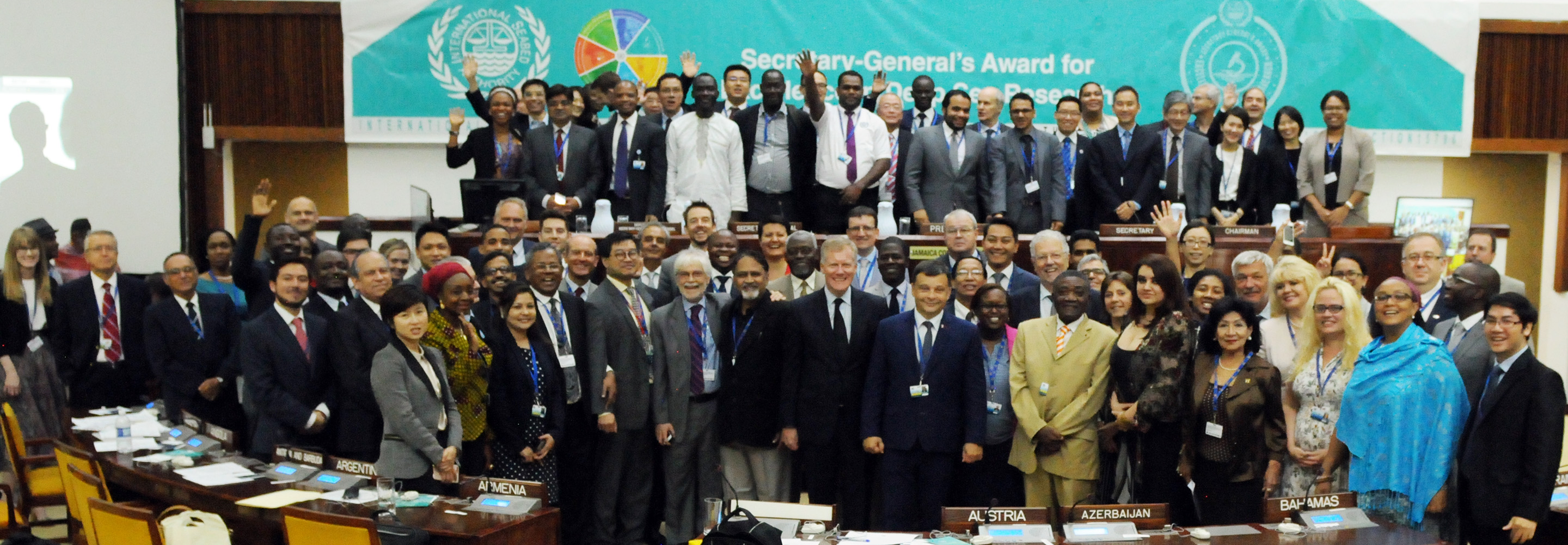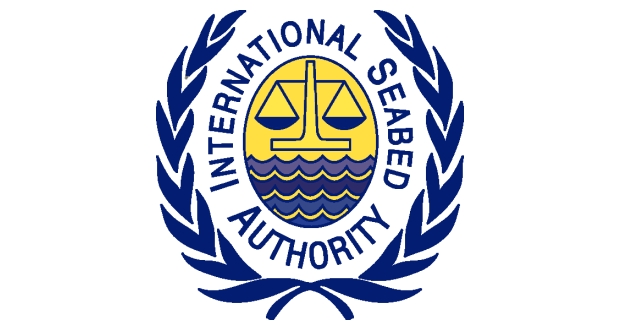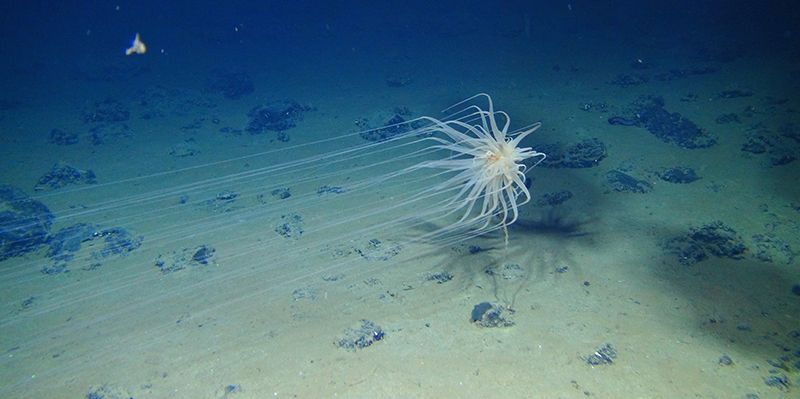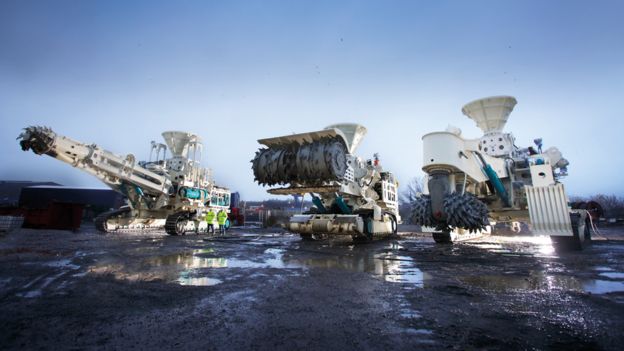Last month, ISA delegates met in Jamaica for the 2nd part of the 24th Session of the International Seabed Authority to discuss the ISA’s strategic plan for the next 4 years and review the draft exploitation regulations. Delegates also discussed recommendations from the Legal and Technical Commission as well as the Finance Committee. Earth Negotiations Bulletin provided extensive coverage of the discussions held during the sessions as well as the conversations that happened in the corridors between meetings.
The unofficial theme of this meeting was urgency. With hard targets to begin production, equipment being built, tested, and shipped, and contractors preparing to submit their applications for the still-draft exploitation licenses, the need to get good policies in place felt more pressing than in years past.
Country engagement was much higher this year, with multiple country and regional groups submitting papers ahead of the Session. The Africa Group urged greater progress towards launching the Enterprise, the commercial wing of the ISA, and pushed for financial models and strengthening the payment regime that ensures fair revenue sharing from common heritage resources. Belgium advanced a paper arguing that the scientific capacity of the ISA needs to be strengthened, though other delegates argued that that might compete with regional scientific capacity. The Netherlands, Germany, and Poland, also advanced papers arguing for great environmental oversight, improved ISA processes, and launching the Enterprise, respectively. Several observers noted that this was an unprecedented level of pre-meeting engagement and contributed greatly to the overall pace and tenor of the Session.
On the environmental front, country delegates expressed strong support for the development of standards and thresholds and Regional Environmental Monitoring Plans. Multiple delegates argued that REMPs to create large set-asides and establish monitoring regimes should be put in place before any mining proceeds. Currently, only one REMP is in place, for nodule fields in the Clarion-Clipperton Zone, however, that 6-year-old plan is considered by many to be out-of-date and is due for review in late 2018.
Transparency was a hot issue at the 24th Assembly, with many delegations expressing frustration with the apparent secrecy of some aspect of the Authority’s oversight. As with the Assembly earlier this year, the closed-door meetings of the Legal and Technical Commission and its confidential deliberations on licensing, results of prospecting, and environmental impact assessments frustrated many delegates. While representatives recognize the need for some confidentiality with regards to the operation of commercial entities, many delegates felt that the LTC’s review of environmental impact assessments should be made available to the Assembly. Particularly jarring was the revelation that not all contractors were completely fulfilling their contractual obligations or fully complying with LTC recommendations; the LTC declined to identify the contractors who had failed to fully meet their obligations.
Financial models were also a core point of discussion during the Session. In a talk by Richard Roth and Carlos Muñoz Royo of MIT, they laid out the various funding strategies as well as limitations a high seas deep-sea mining venture will face, and some potential routes for revenue-sharing among investors, contractors, the ISA, and environmental funds. China and the African Group voiced strong support for benefit-sharing among member nations, expressing a desire to ensure that smaller nations are not left out of the discussion. There was also support from several delegations for the idea that “pioneer” contractors, those taking the first big steps into the deep sea, are shouldering a disproportionate risk and that this should be reflected in the premiums offered to these ventures. The Council requested the LTC to further develop the financial model, taking into account the fact that some delegations support an ad valorem model and others support a profit-sharing model. A comparative analysis of the approaches followed by an open consultation was proposed.
Most surprising among longtime participants in ISA Assemblies was the pace with which events progress during this meeting. Historically, the ISA has been a slow-moving organization. One source reported that the LTC was moving with “unprecedented speed” to develop exploitation regulations.
On background, several sources attributed this increased pace to the rising price of cobalt and its demand across a slew of high-tech industries, justifying an acceleration in the development of deep-sea mining prospects. A surge in demand for the materials that go into high-capacity rechargeable batteries is exacerbating the need for greater global ore production with reduced environmental impacts. Notably, while the price of cobalt skyrocketed in 2016 and 2017, rising from a record low of 21,750 USD per tonne in early 2016 to an all-time high of 95,250 USD in March 2018, it has since lost over 30,000 USD per tonne in value and stands at just under 60,000 USD today.
Whether demand for cobalt has already peaked or is in a natural cycle of crests and troughs depends on several new and emerging technologies. Chief among those technologies are high-capacity rechargeable batteries that rely on less expensive minerals, such as iron, to power the next generation of personal electronics as well as more sophisticated recycling schemes for existing e-waste.
Comments on the updated Draft Regulations are due to the International Seabed Authority by September 30, 2018.





